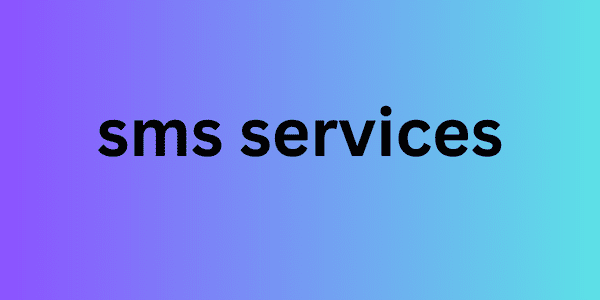This is a real text message I received this week. It was sent by an unknown number and included a bit.ly link. I still don’t know who sent it, what’s in that link, or what I did to deserve this.
That message has been banished to the land of deleted SMS, along with thousands of other shipping alerts, thinly veiled scams, and local service providers insisting on LAST MINUTE DEALS.
Not one of these SMS messages motivated me to interact. In fact, every time I receive a message from an unknown number, I get the creeps.
It’s invasive. It’s totally impersonal. Instead of connecting with me or drawing me in, it has the opposite effect.
This would have been different on a two-way messaging platform.
Those texts that were meant to be ignored could have been opportunities for me to buy more, retain me, or even learn more about myself. If they had appeared in the chatbot of a popular messaging app, they might have caught my attention. But no.
SMS marketing vs chatbots: which is better for interacting with your customers?
Modern marketers, who understand that customers want immediate, personalized interaction—and for that interaction to be valuable—choose chatbots over SMS for several reasons.
2- Reach: SMS is not a good option if you want to contact potential customers in different countries
SMS is no longer as popular as it once was. Thanks to affordable technologies and cheap and ubiquitous internet connections, millions of active users are turning to messaging apps.
SMS is no longer a convenient, wide-reaching communication channel for marketers, nor was it as widespread as we thought.
It’s true that virtually every mobile device comes with some sort of SMS app pre-installed, but have you tried sending a quick text from Mexico to a friend in Spain lately?
If you have a brand that wants to reach customers in Mexico, Spain, Argentina and Panama sms services it means you need 4 different configurations and 4 different pricing structures.
However, if you send something via Facebook Messenger to the same four countries, it will be a single launch and of course, 1 single price (free) and with a single API.
SMS providers are segmented by location. Prices vary and marketers have to design entirely new campaigns following the SMS provider regulations of each of the countries they want to have a presence in. Now that’s a great way to spend a week in the lead up to an exciting new launch.
In contrast, most messaging apps aren’t targeted by location. While some are more popular than others in different countries, marketers can put together a single campaign that will work seamlessly for any app user, no matter what country they live in or where they are currently located.
Facebook Messenger, in particular, has 1 billion monthly active users worldwide. Tapping into smsmode and operators fight against smashing the popularity of one of the world’s largest messaging apps is something SMS can’t do, but chatbots are increasingly doing more of.
3- Opening rate: it is high for SMS but it is also high for chatbots
It is true that SMS engagement is high. According to a comparative study of email marketing metrics carried out in 2016, the average email opening rate in the world was 21.8% that year, while the clickthrough rate was just 3.3%.
At the other end of the spectrum, we have SMS. Salesforce mobile product manager Greg Murphy said the open rate is 98% and the conversion rate is 45% – much higher.
Now, chatbots are almost china data on the same level. Email marketing evangelist Neil Patel observed that chatbots have 88% open rates and 56% clickthrough rates.
Custom bot maker Olyo saw incredible results after sending users the same content via email and chatbot:
Needless to say, messaging-based communication, such as chatbots and SMS, works better than email marketing. The numbers prove it.
4- Interaction: SMS does not allow for two-way communication, which is what happens with chatbots.
While SMS and chatbots are neck and neck when it comes to open and clickthrough rates, engagement is very different on each platform.

